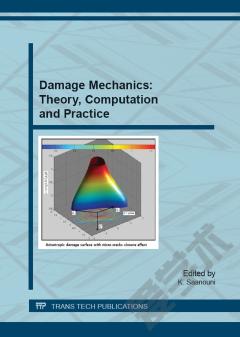Fracture Mechanics: Theory, Applications and Research
Classical fracture mechanics that emerged during the 1920s has gained popularity via LEFM from the 1940s to the 1960s. The principles of classical fracture mechanics evolved from experimental observation of the behavior of glass that contains pre-existing cracks and is largely supported by physical reasoning. Chapter One presents a robust analysis of problems encountered in the field of pipeline networks and boiler components as a result of structural imperfection. Chapter Two deals with an analytical model of cracking, which is induced by thermal stresses in a porous multi-particle-matrix system. This system consists of spherical pores and isotropic spherical particles, which are both periodically distributed in an isotropic infinite matrix. Chapter Three reports on an analytical model of cracking in a multi-particle matrix system with isotropic whiskers, which are periodically distributed in an isotropic infinite matrix.
{{comment.content}}








 京公网安备 11010802027623号
京公网安备 11010802027623号